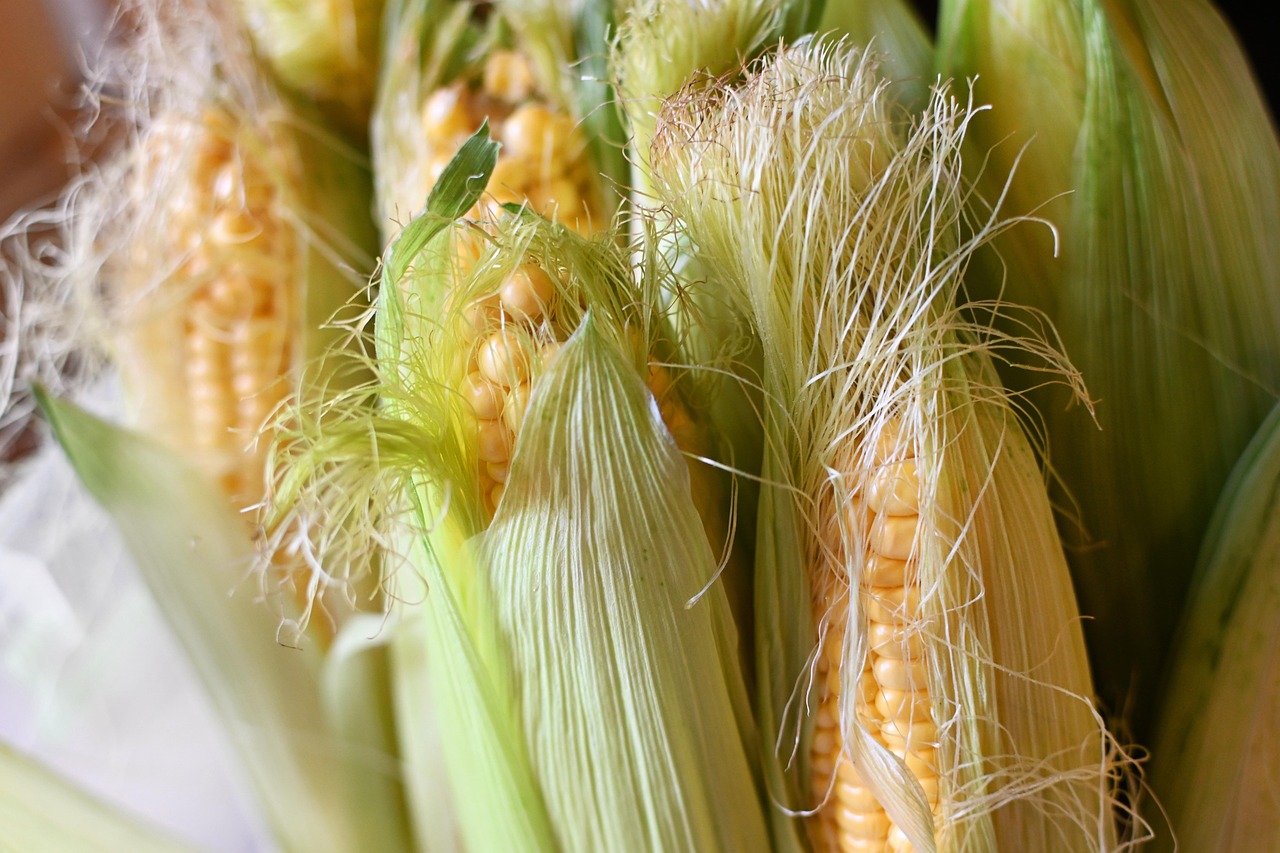Growing exceptional corn

Let’s start with terminology. Are maize and corn the same? In the paddock, the crop is called maize but when it is harvested it is called corn. Maize comes in soft and hard varieties and this results in some corn being harvested at the soft (or milk) stage, and this is called sweet corn. Other varieties are harvested after drying on the stalks in the paddock and used for other purposes.
There are 5 main varieties of corn: sweet corn, popcorn, flour corn, dent corn (used for cattle feed, corn syrup, taco shells and other food items) and flint or Indian corn (used for cattle feed and decoration as it includes the colourful ‘painted’ corns).
Corn should be grown in isolation, i.e. plant only one variety. That means one variety must be at least 35 metres from another, but preferably to be absolutely sure – 1 kilometre apart. This also means you must check whether your neighbours are growing corn and determine the variety if you want to grow it from your own saved seed. The reason why they need to be isolated is that they cross-pollinate and popcorn varieties will dominate sweet corn varieties, affecting taste and texture. Corn is wind-pollinated so the pollen can travel a long way on a strong wind.
Planting
Plant from September to mid-October in a sunny, well-drained position that is protected from strong wind. With sufficient moisture in the ground however, you can plant up to January. Seed can be planted directly into the soil or into punnets and later transplanted. Always plant in a grid pattern, with a minimum 4 x 4 plants as corn is wind pollinated. As the plant begins to grow, hill the roots with compost up to 20 cm high. This will ensure nutrition to the plants and also help stabilise them in the soil.
Soil preparation
Corn is a heavy feeder and requires rich soil. Incorporate compost, aged manures, and blood and bone into the soil.
pH
5.5-6.5
Spacing
Space plants 50 cm apart in rows 50-60cm apart. Spacing is important as crowded plants do not produce well. Keep weed free.
Mulching
Mulch after planting with lucerne or pea straw.
Watering
Corn is a thirsty crop and needs constantly moist soil. Water every second day in warm weather and twice a week in cooler weather. Make sure the soil is watered and not the leaves. Drip line is ideal because it is difficult to water a grid once the stalks begin to shoot up, especially a large grid. Alternatively, a sprinkler on a low setting is useful as long as you keep moving it to cover all plants.
Fertilisation
This is only necessary if your soil is not rich. If the leaves yellow later in the season, supplement with a nitrogen fertiliser.
Pest and diseases
Rats, and possibly possums, will attack and strip ripe corn overnight. Corn earworm can infest the corn ears. Derris dust is used to treat earworm.
Harvesting
Once the silks at the top of the corn ears brown and wither, the corn is ready. It is better to harvest it early rather than late as it tastes sweeter and is more tender, and it prevents it getting to the stage where rats will strip the ears. Another way of testing ripeness is to strip back the leaves and push your fingernail into a kernel and if it oozes ‘milk’, then it is ready. To harvest, twist the cob and pull it down quickly.
Seed saving
Seed can be saved as long as you are certain that it has not been pollinated by other varieties. Leave it to dry on the plant and then remove it from the cob.
Written by Robin Gale-Baker
